In fact, over the past years, the network of higher education institutions in our country has grown rapidly in number but is still scattered, fragmented and has overlapping functions. Many universities have been upgraded from colleges, are small in scale, and have limited management capacity, while some schools in the same field compete unfairly and train duplicate majors. Invisibly, social resources are divided, and the quality of training and research has not met the requirements of socio-economic development.
Merging and restructuring the university education system is therefore an inevitable step to overcome long-standing shortcomings. However, in order to avoid becoming mechanical “bureaucratization”, this process needs to be carried out with strategic, scientific and humanistic thinking. The goal is not to “reduce the number of focal points” for convenience, but to “gather strength” to form multidisciplinary universities, with large enough scale, international competitiveness and the ability to lead knowledge development.
First of all, mergers must be for the public good – serving society, learners and the development of the country. Only when restructuring is linked to improving the quality of training, strengthening research capacity and connecting with businesses, will it be truly meaningful.
Mergers cannot be about “re-allocating seats” or “gathering schools to meet quotas”, but must be the beginning of a new governance model - where schools are autonomous, transparent and operate according to academic principles. Mergers must respect the autonomy and academic identity of each educational institution.
Ultimately, a merger is only valuable when all parties involved are fully consulted, participate in designing the new organizational model, and share long-term development goals. If this process is imposed without consensus, it will create a counter-reaction, affecting the teaching staff, students, and the reputation of the entire system.
University mergers are complex processes, involving organization, personnel, facilities, training programs, finances, and even the psychology of those involved. Therefore, there must be a thorough preparation phase, impact assessment, and flexible adjustment plans to avoid disruption and waste of resources.
However, the State should play a role in creating and ensuring policies. Restructuring will only be successful when accompanied by financial support mechanisms, investment in facilities, policies for teaching staff and especially legal mechanisms for schools after merger to operate effectively and have real autonomy. At the same time, it is necessary to encourage strong schools to "sponsor" or cooperate strategically with small schools, gradually raising quality standards, instead of massive mergers.
The above policy will only be successful when it gains the trust of the team and the people - the subjects who directly benefit from the results of the innovation process. Therefore, communication and information transparency must be placed at the center. Any changes related to students, lecturers or facilities must be publicized and clearly explained to create social consensus.
The policy of university arrangement and merger, if implemented systematically, will open up opportunities to form strong universities, capable of competing regionally and internationally. This is not only a story of system reorganization, but also an important step to improve the quality and sustainable development of Vietnam's higher education, contributing to the building of high-quality human resources - the foundation for national development.
Source: https://giaoducthoidai.vn/yeu-cau-chien-luoc-mo-ra-co-hoi-hinh-thanh-nhung-dai-hoc-manh-post751596.html



![[Photo] Dan Mountain Ginseng, a precious gift from nature to Kinh Bac land](/_next/image?url=https%3A%2F%2Fvphoto.vietnam.vn%2Fthumb%2F1200x675%2Fvietnam%2Fresource%2FIMAGE%2F2025%2F11%2F30%2F1764493588163_ndo_br_anh-longform-jpg.webp&w=3840&q=75)












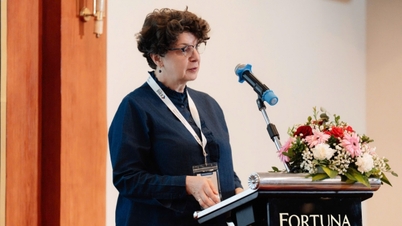






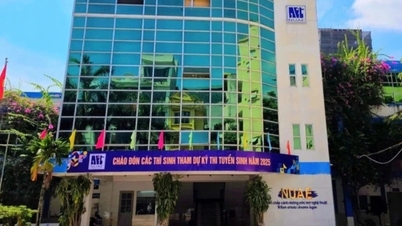







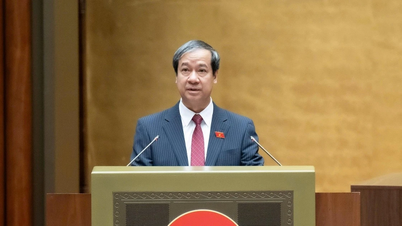
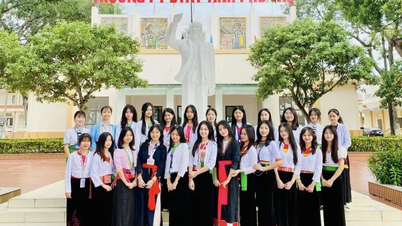

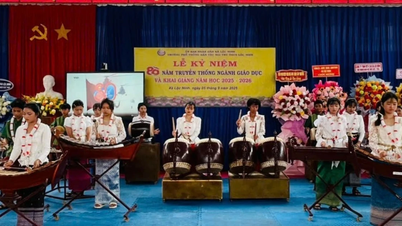






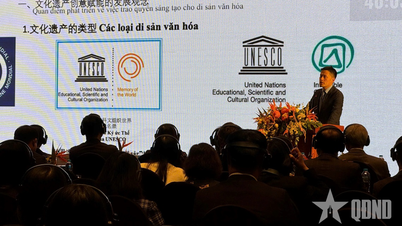










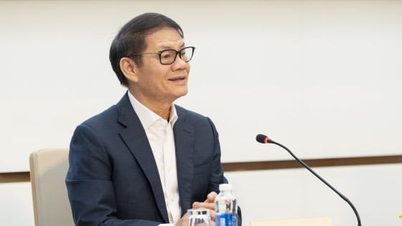


























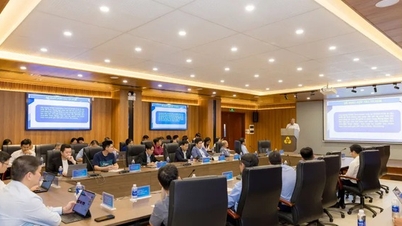




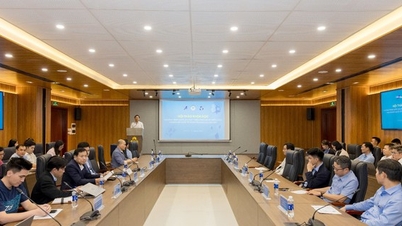























Comment (0)